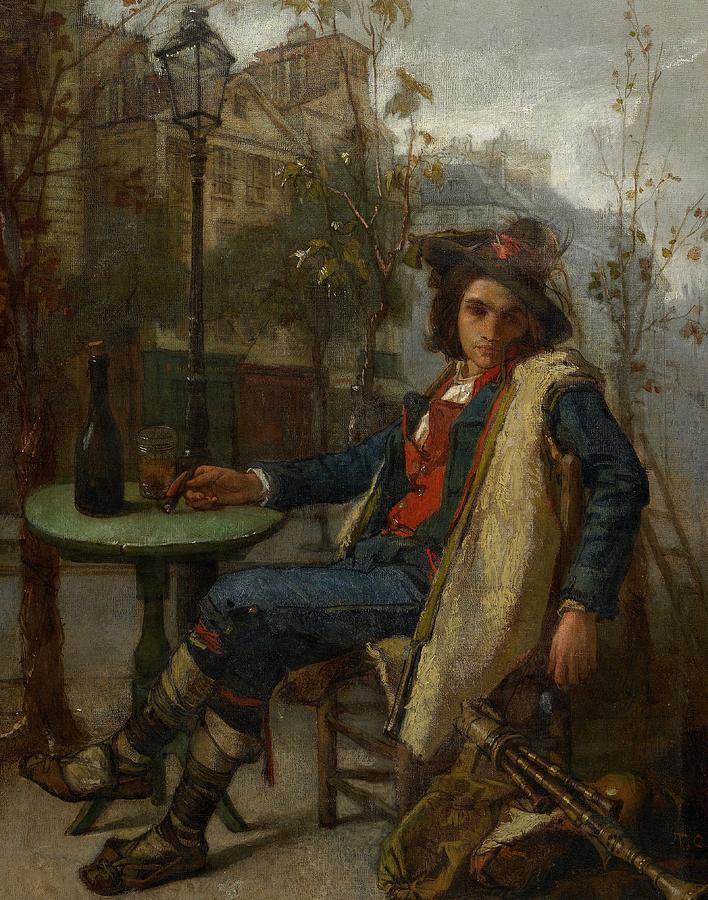The famous concept Negative Capability, created and developed by John Keats in one of his letters, has to do with (among other things) imaginative fusion with a perceived Other. Negative Capability is vivified in Keats’ Odes- in particular, in “Ode to a Nightingale,” which has as a crux Keats’ attempt to imagine himself into the ecstatic, boundless, untroubled consciousness of an Other drawn from nature. It’s a Romantic vision quest- it’s also a strain to think that a nightingale has any consciousness at all. Nevertheless, the poem is redeemed by complexities- Keats uses his imaginative vision quest as a pretext to pierce the depths of humanity and human consciousness, and also of literature and language itself. I want to bring Keats, “Nightingale,” and Negative Capability up co-terminously with our present day and present day-issues, because imaginative fusion is another facet of a humanistic approach to the arts; also, more pertinently, because it has the potential to topple cultural narcissism and ego-based imperatives, which have dominated America n (and, to a certain extent, European) cultural mores since post-modernism won its high place in the 1960s.
Narcissism in America is a national epidemic- American society is stridently competitive, and Americans are encouraged by custom to want to “beat” each other, reinforcing an identity that is harsh, singular, and not particularly fluid. If children in America were taught that imaginative fusion with perceived Others was a positive endeavor, (and there’s no reason why Keats and others of his ilk can’t be taught to teenagers), it wouldn’t have to be that ruthless and vindictive competition was a sufficient and positive motive in life. The problem American schools would have with Keats is that he’s too complex; you have to use your imagination to understand his. Whitman, who’s comparatively unimaginative and not particularly intellectually engaging, does get taught; Frost, who’s even more lax, gets taught; and, for bright kids, there’s no moral or ethical lesson to be learned from them. Keats’ lesson, were he to be taught, has to do not only with the power of the human imagination but with the desirability of building and flexing imaginative muscles.
How are American teenagers encouraged to use their imaginations? American culture is dull and repetitive, American schools are dull and repetitive, and the Great Recession has deepened the sense of dullness and repetitiveness around America generally.If kids in America today want to live purely with and for the material, and to internalize solely materialistic values, they’re probably going to be disappointed. Materialism in America is suddenly a dead end, and the materialistic approach to life a fruitless one. Teaching imaginative fusion to kids is an act of charity and compassion; why train them to value a life they can’t have? Keats and the Romantics are a taste that, if acquired, at a young age, can last a life-time. Adults tend to find the oafish simplicity of Whitman and Frost difficult to respect. Teach kids to value complexity and intellect; to prize their own imaginations and how a developed imagination can fuse with the world around it. It’s counterproductive and cruel to espouse materialism when material resources are scarce.

